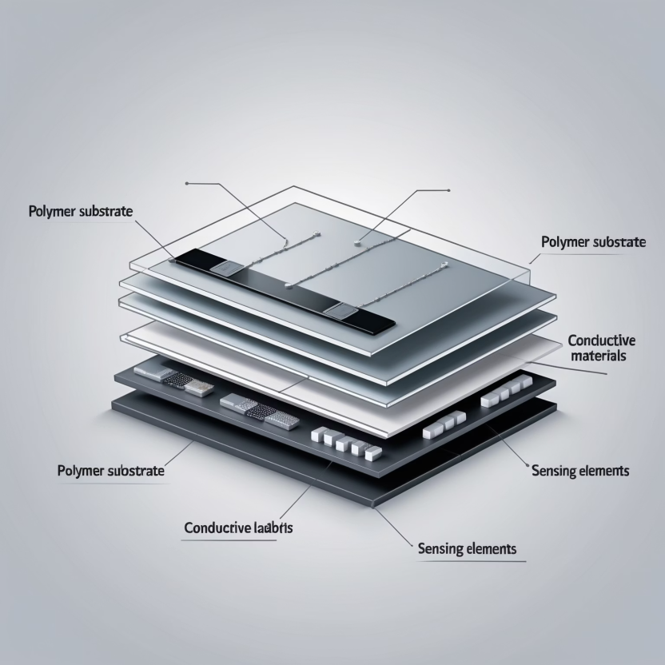Flexible Sensor Technology for the Biometric Market
Flexible sensor technology is revolutionizing the biometric market by enabling new, ultra-thin, bendable fingerprint sensing solutions that overcome the limitations of traditional rigid sensors. These sensors are built using flexible substrates and printed electronics, allowing them to conform to curved or mobile surfaces—such as biometric payment cards, wearables, and embedded ID devices—while maintaining high levels of security and accuracy.
One of the most significant applications is in biometric smart cards. Conventional fingerprint cards are bulky and expensive, often exceeding US$25 per unit due to rigid sensor components and complex assembly. Flexible sensors can dramatically reduce the card thickness and manufacturing costs, making it possible to deliver ISO-standard biometric cards for under US$5. This opens the door to large-scale deployment in markets like India’s Aadhaar ecosystem, banking, and eGovernment ID programs.
Flexible fingerprint sensors are also ideal for wearable and mobile authentication, where comfort, durability, and low power consumption are critical. Their bendable nature improves robustness and user experience, especially in rugged or high-usage environments. Performance-wise, modern flexible sensors now meet global standards such as FAP10/FAP20 and STQC L1, ensuring compatibility with biometric authentication platforms worldwide.
From a manufacturing perspective, flexible sensors support scalable roll-to-roll processes, enabling high-volume production at lower costs. Their integration with Biometric System-on-Chip (BSoC) technology allows for compact, all-in-one designs combining sensing, security, and communication features.
As demand for security and contactless identity grows across finance, healthcare, government, and enterprise sectors, flexible sensors are poised to become a key enabler. They offer an ideal balance of cost, reliability, and design flexibility, driving the next generation of biometric solutions for a connected, digital-first world.


